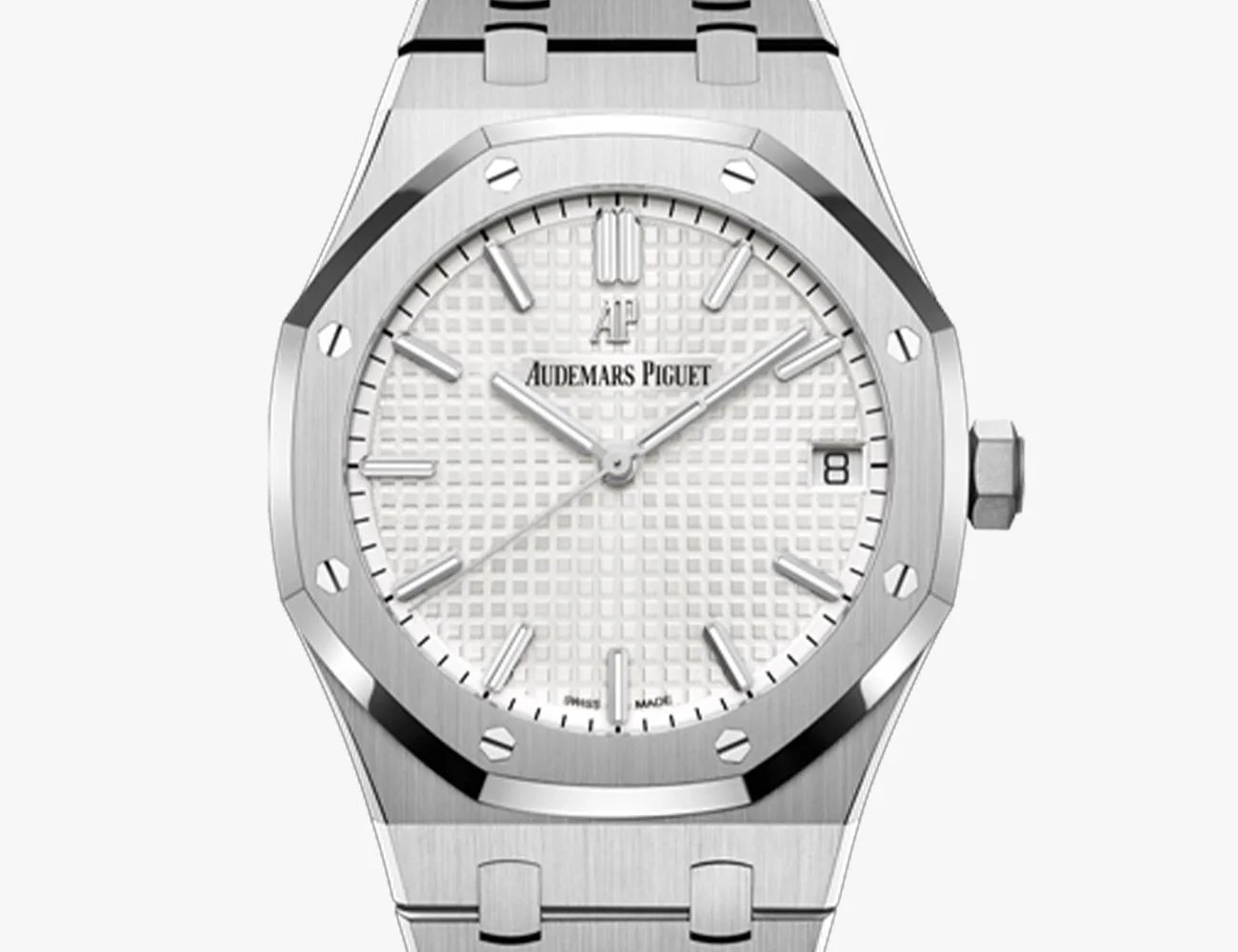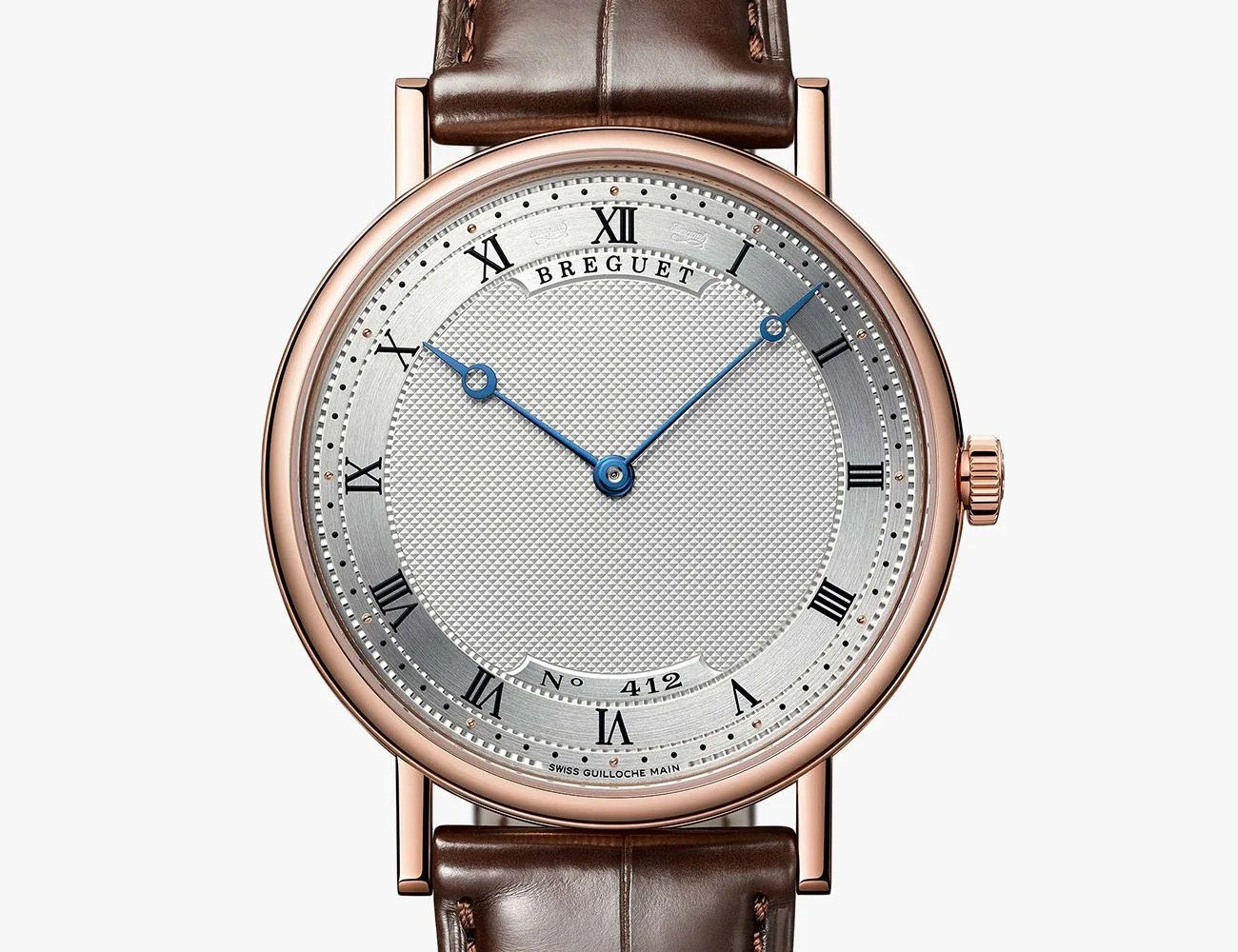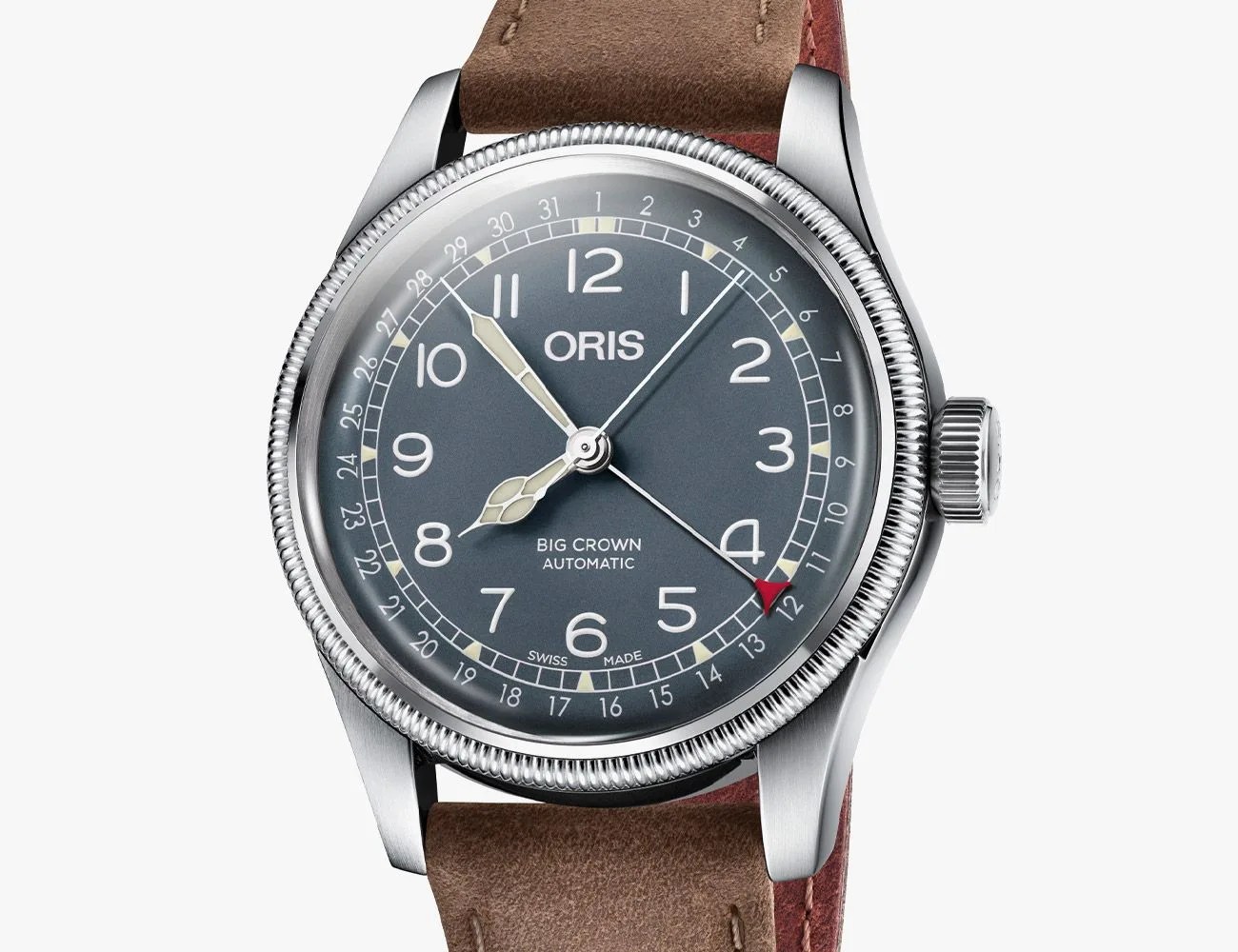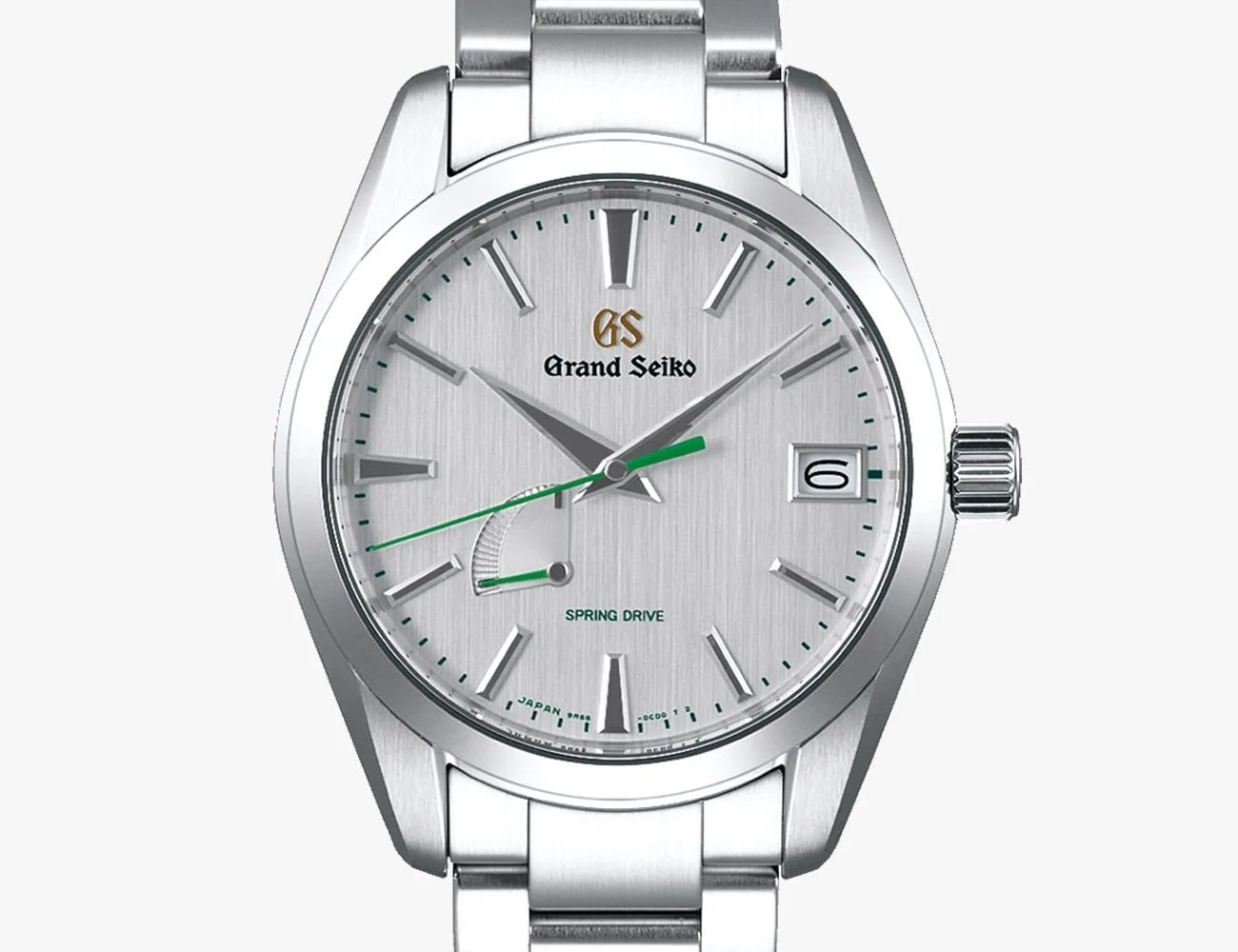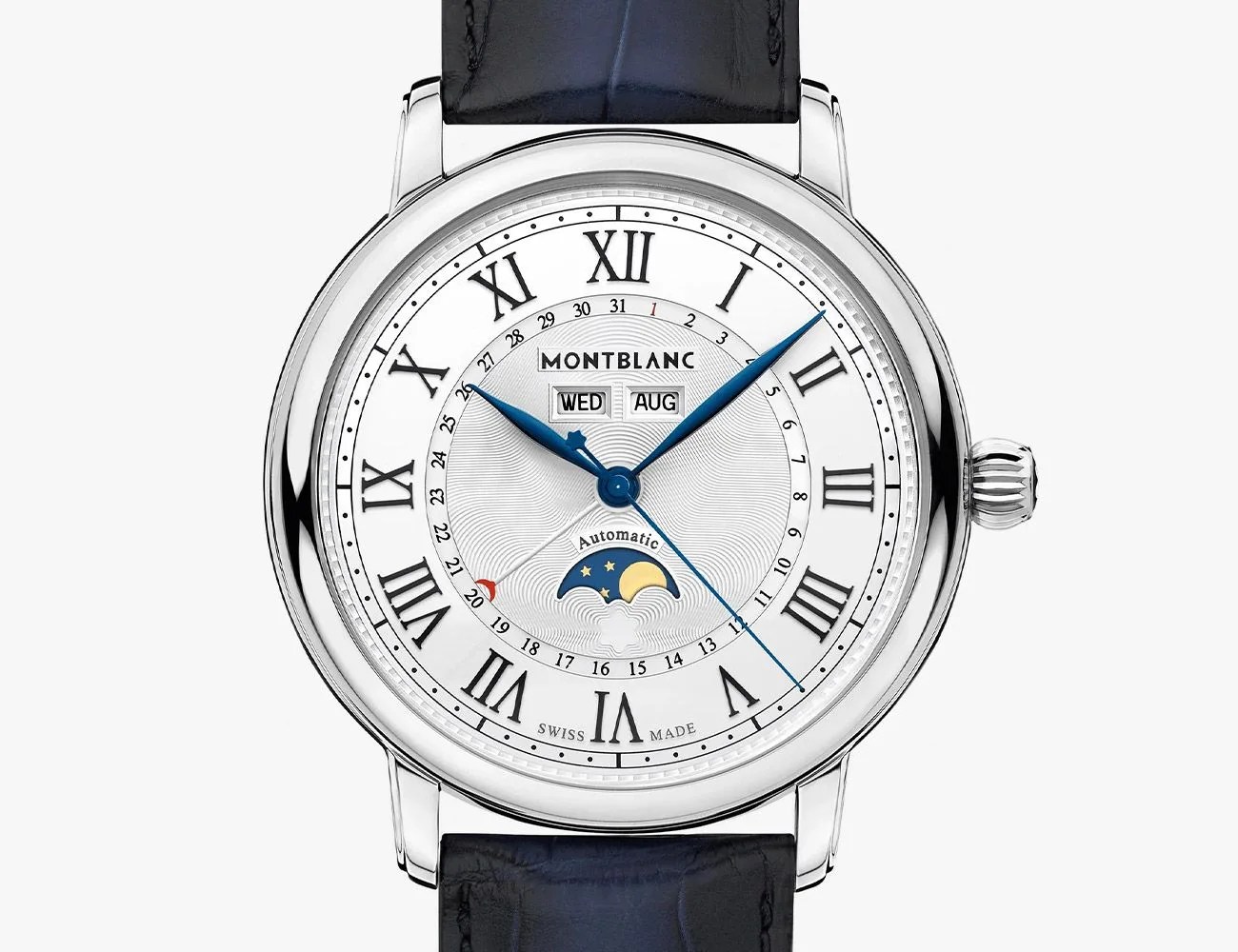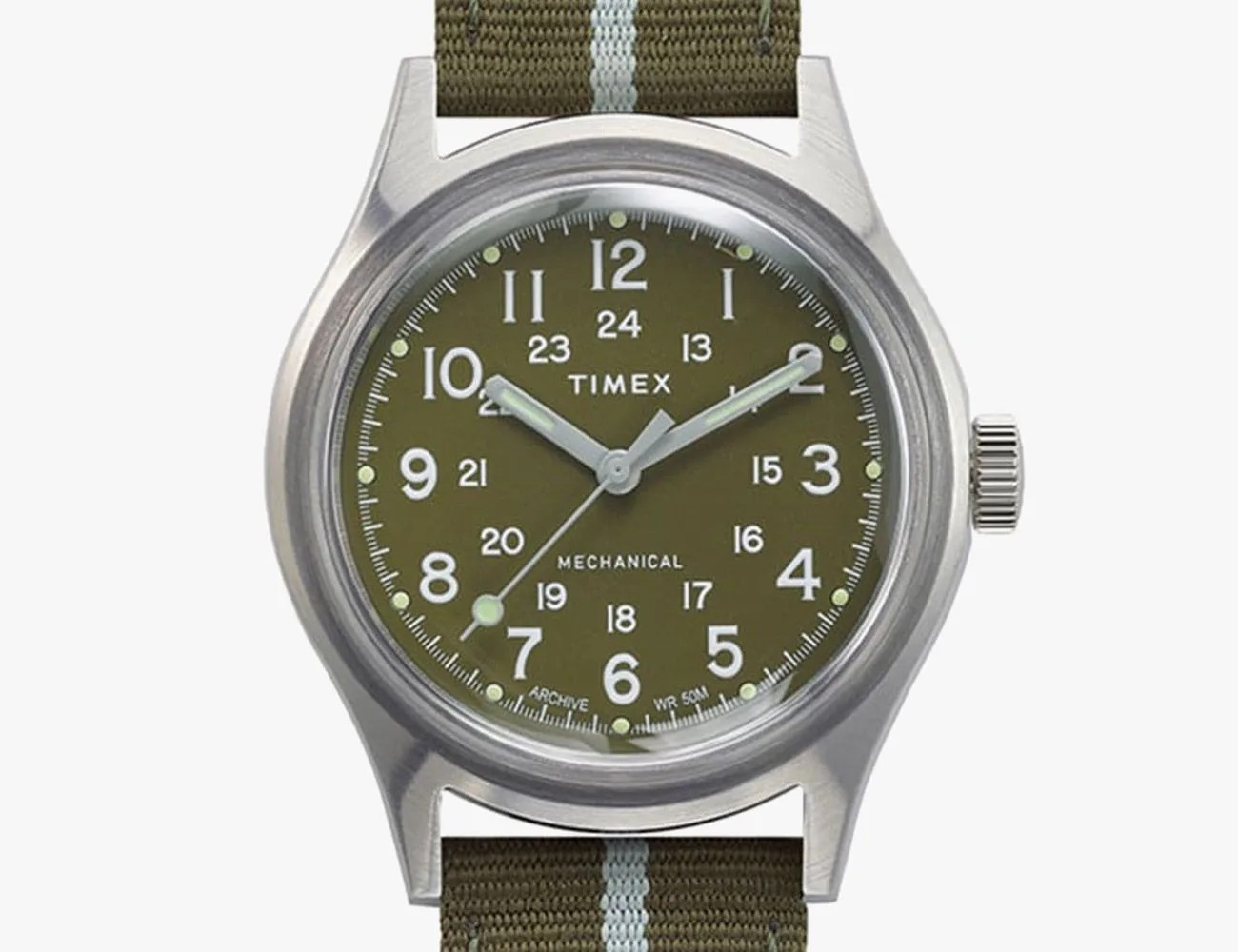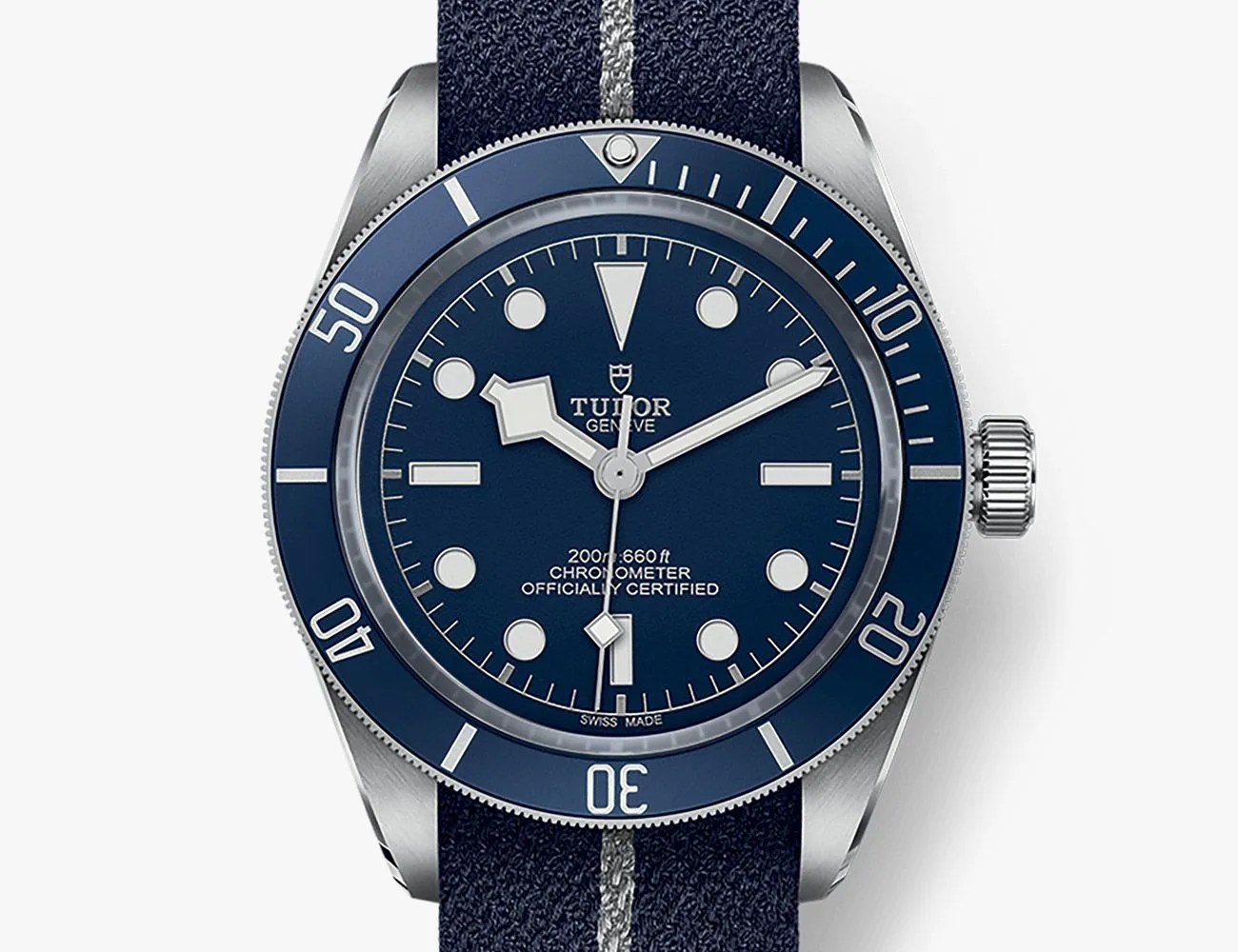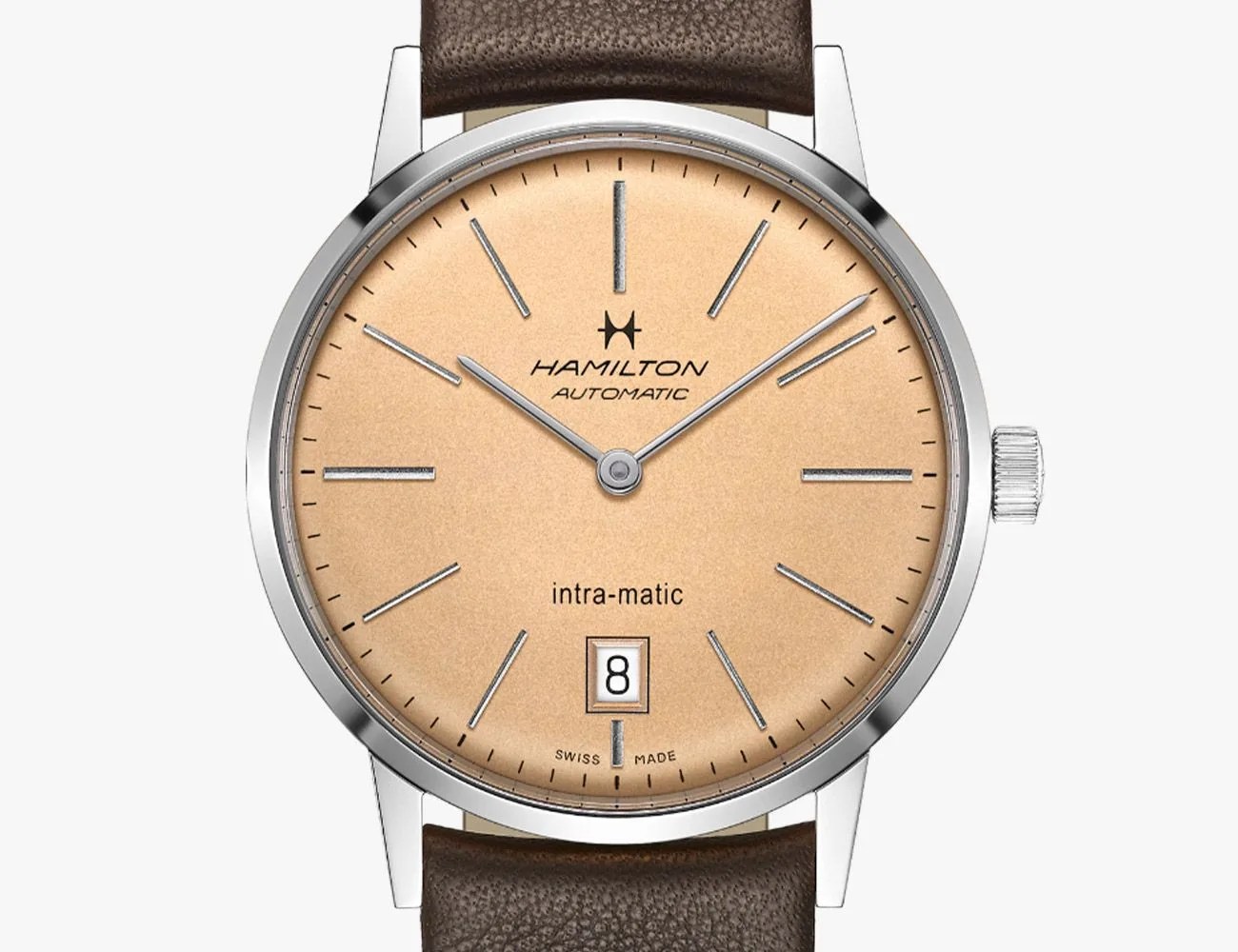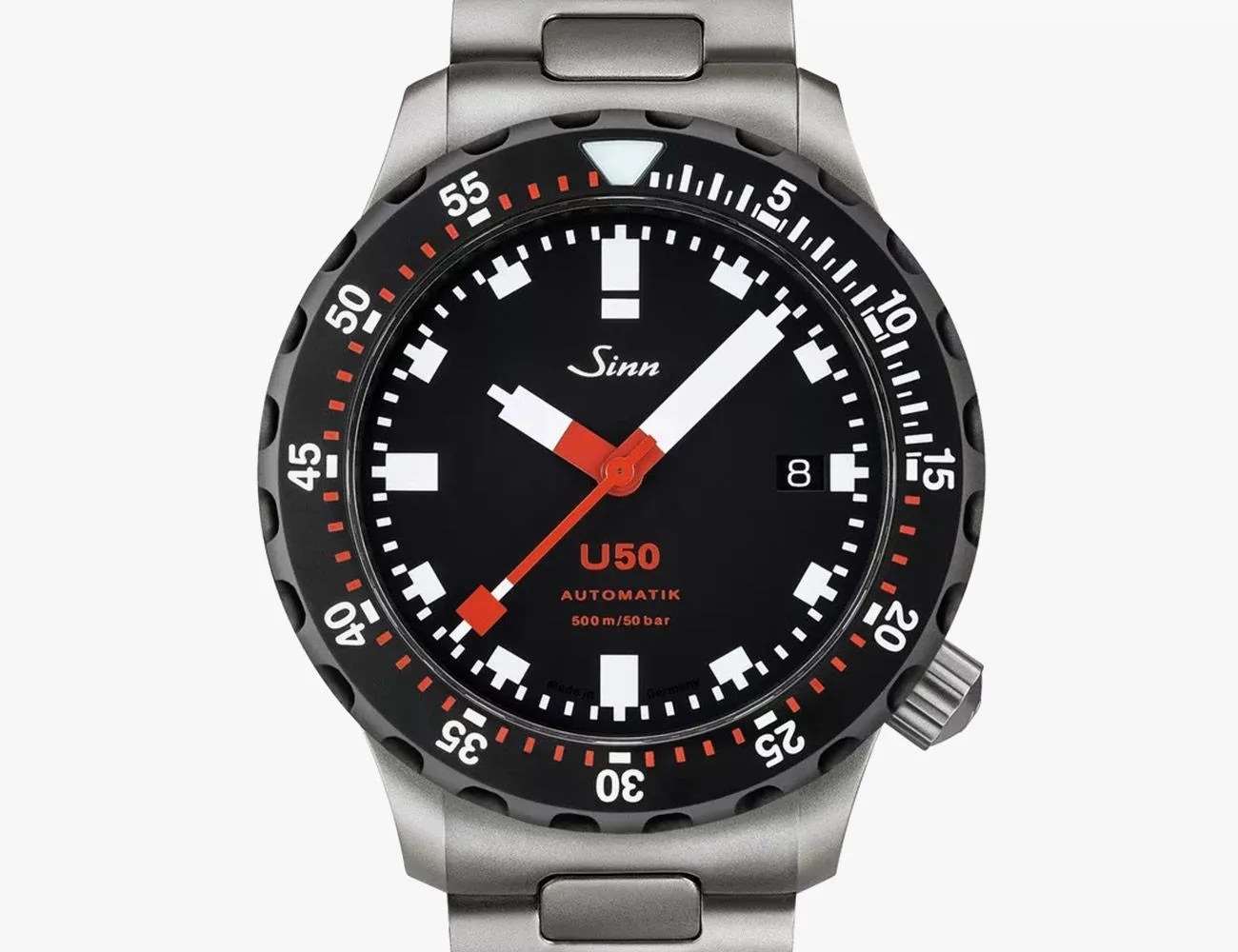New dial color, different case material, celebrity endorsement… This is often all it takes to create a new watch and announce it with fanfare, even when little else has changed from existing models. You never see brands get very excited about, say, a new set of hands. And yet, a watch’s hands are critical to its functionality and successful design — more so than you may realize.
Stop and recall the most iconic watches you can think of: their hands are most likely distinctive and such a cohesive part of the larger design that you could probably identify the watch based on them alone. Hands are not only integral to a watch’s design, but they are delicate, refined components that often require specialized skills to produce which even large watch companies need to outsource.
While watch hands never grab the headlines, you will hear hand designs discussed by enthusiasts, who will often refer to archetypal shapes with specific names. As these are mostly nicknames, not everyone agrees on what certain watch hands should be called, and many unique designs have no set name. Whether you’re researching your next purchase or just want to hang with watch dudes, though, it’s good to know the basics. Here’s a rundown of the most common and traditional types of watch hands and what they’re called.
Alpha
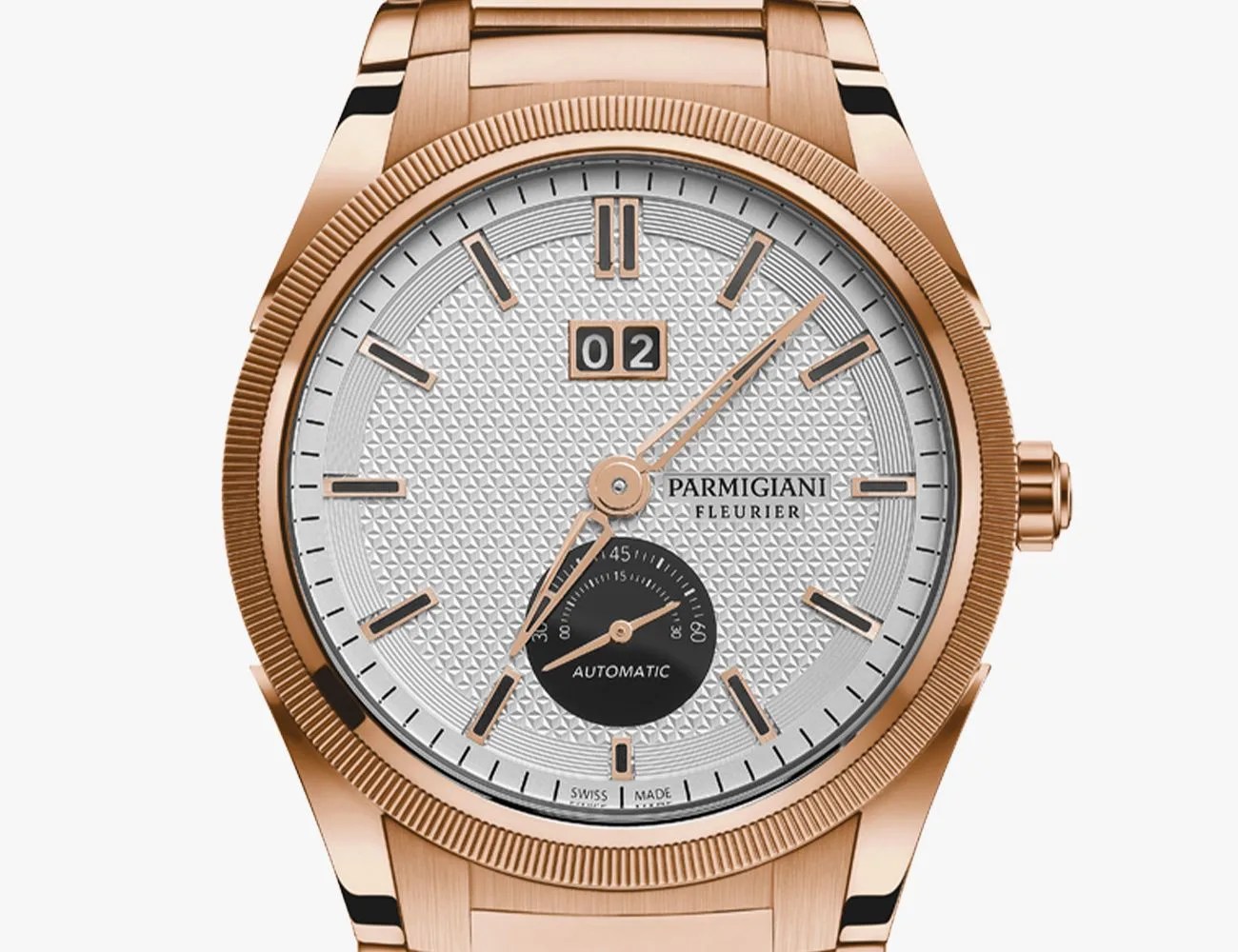 Courtesy
Courtesy“Alpha” hands are like elongated arrows with narrow stems as bases, the shape of which is versatile and can be appropriate for formal or sporty watches alike. The wide part of the arrow offers space to add luminescent paint or skeletonization. People may disagree on whether “alpha” or “lance” is correct for certain examples.
Example watch: Parmigiani Tonda GT
Price: $15,700+

